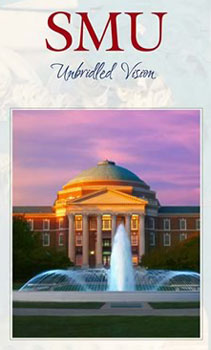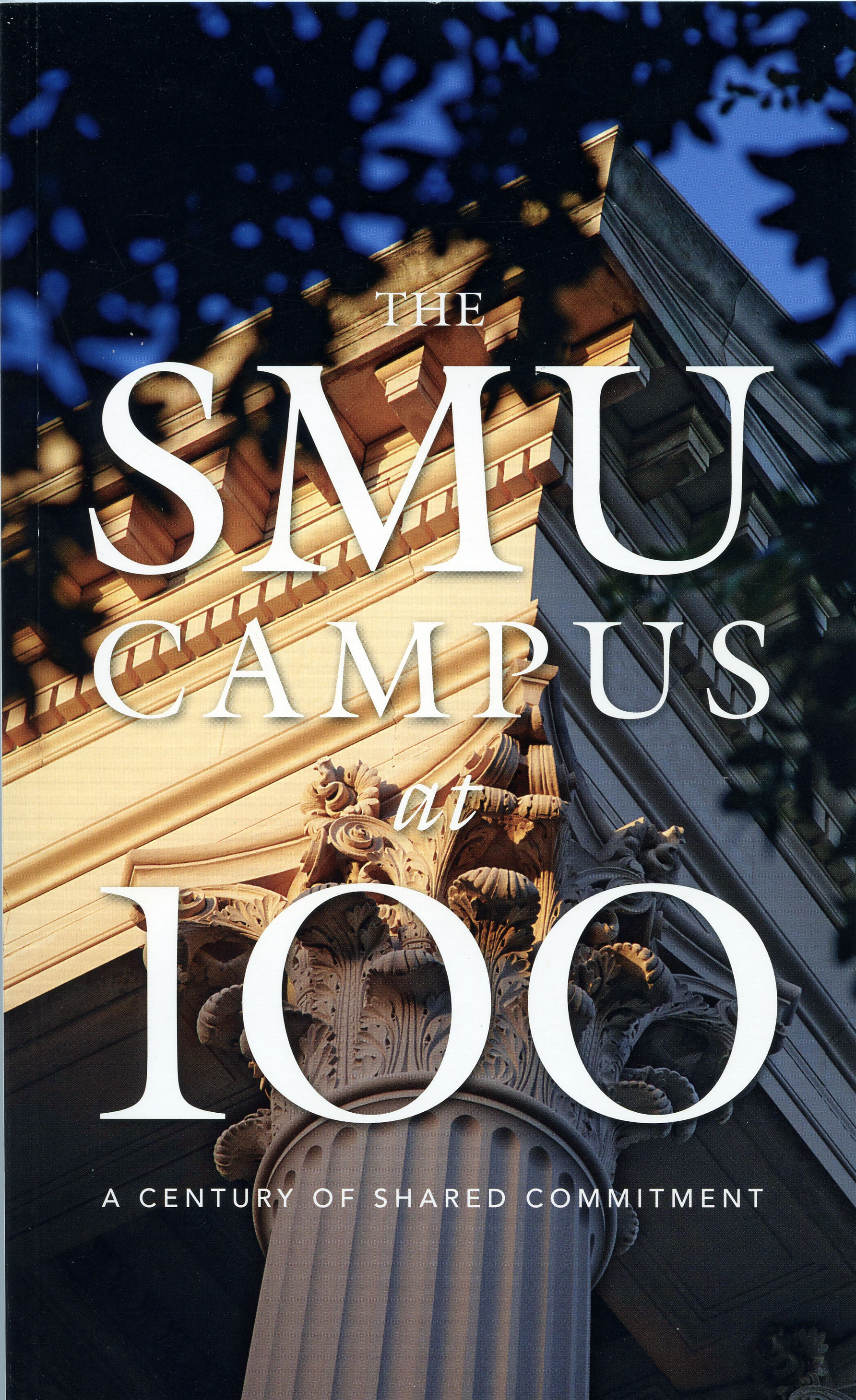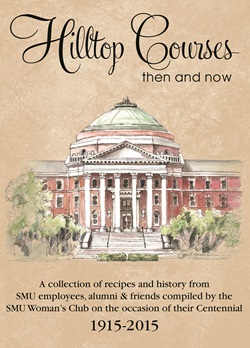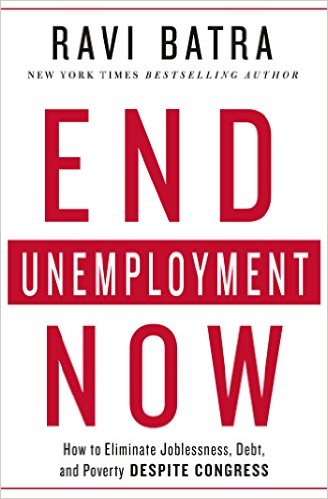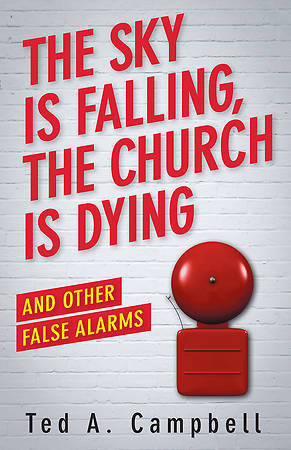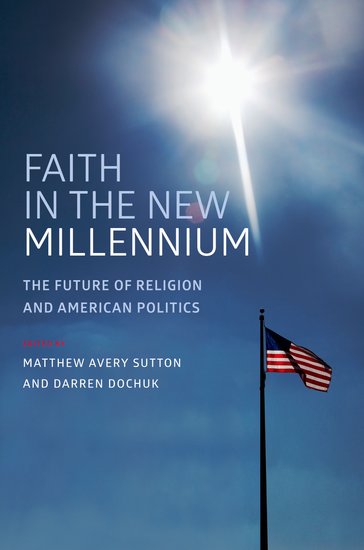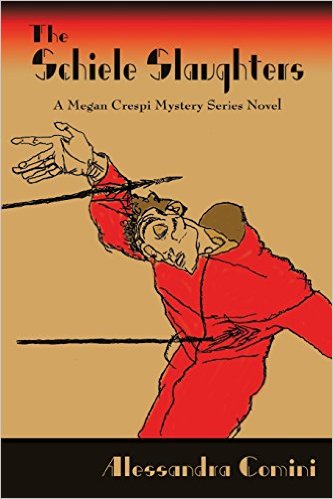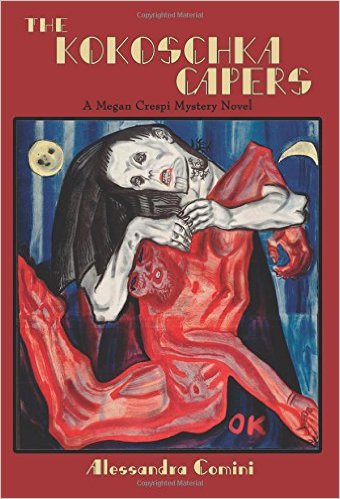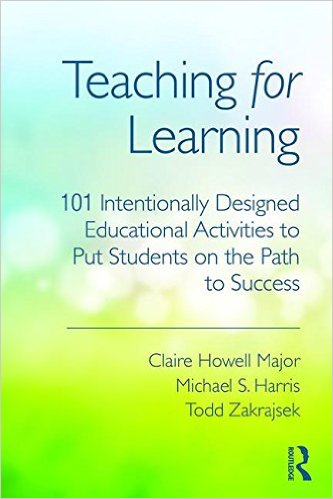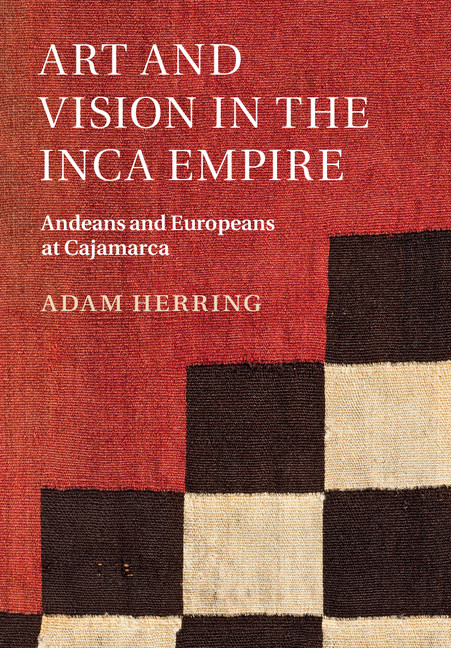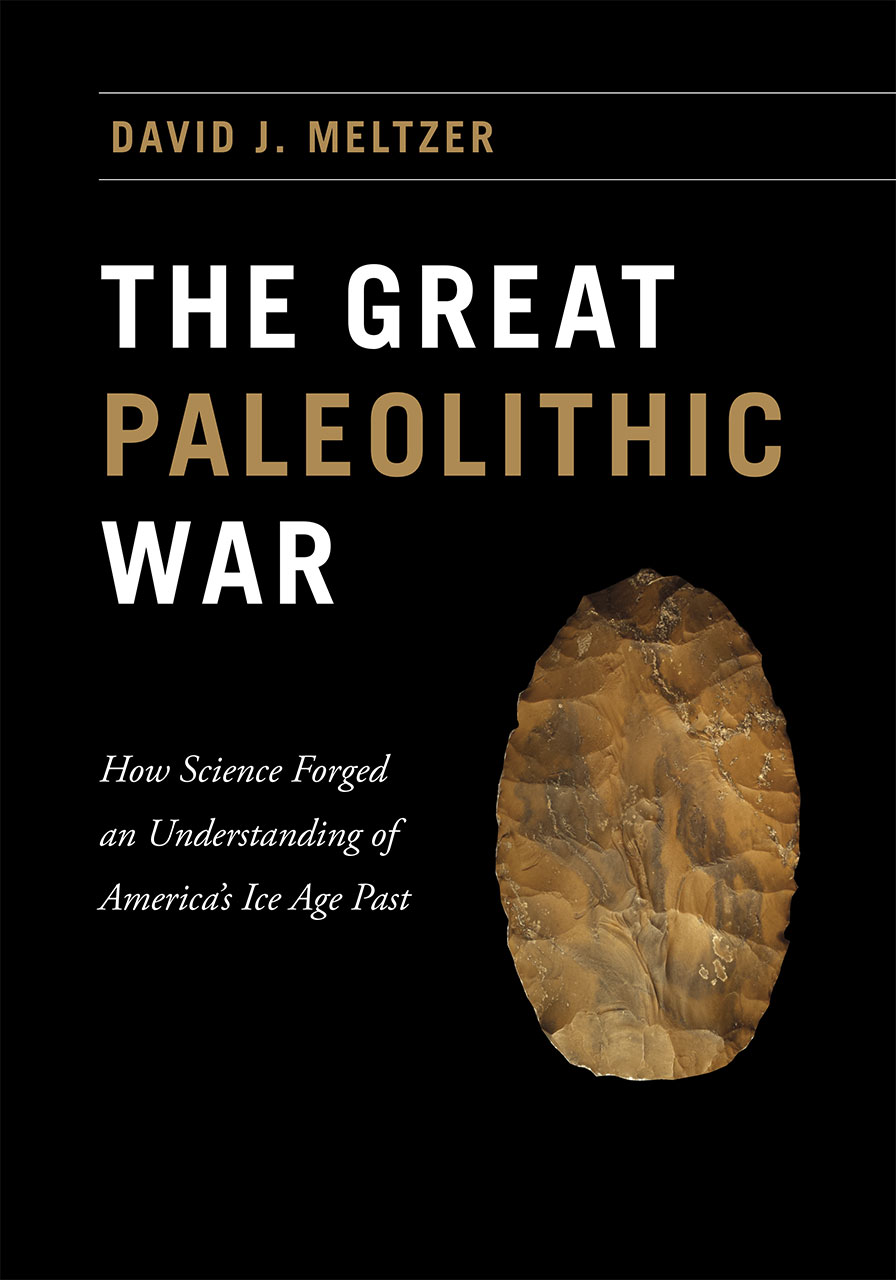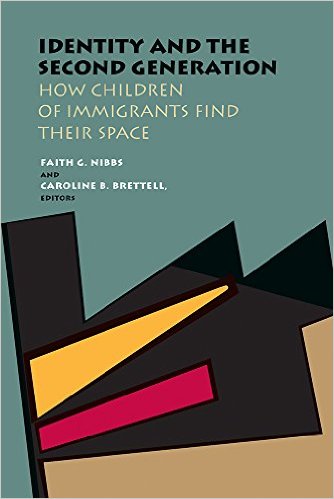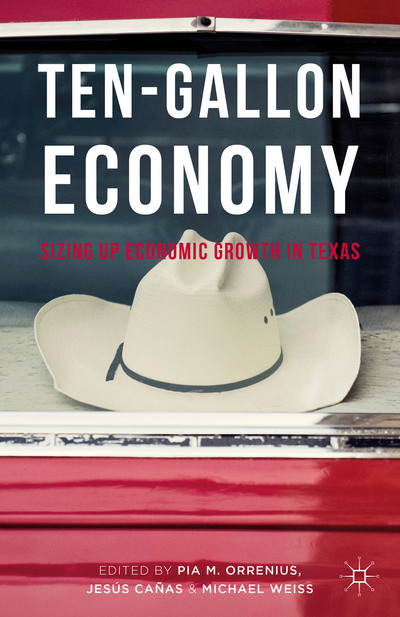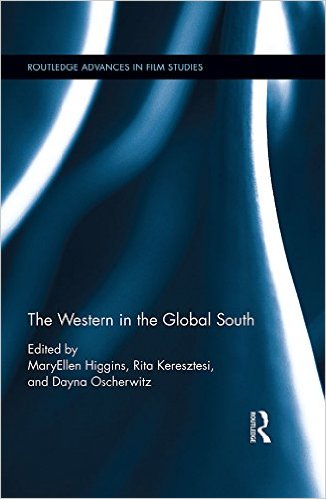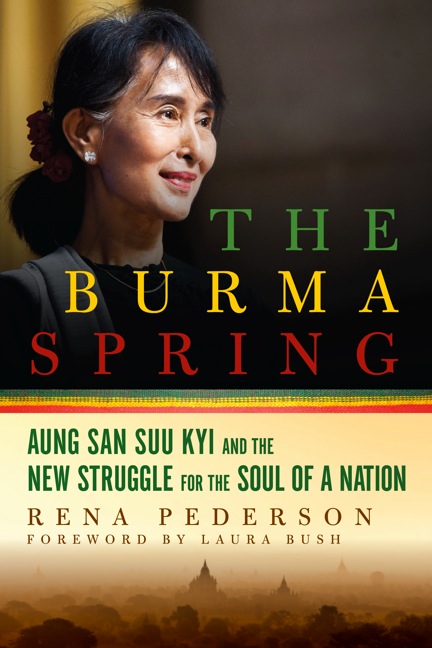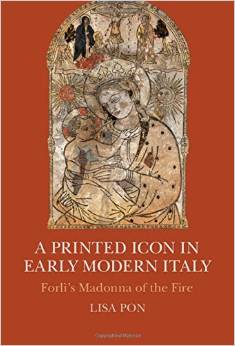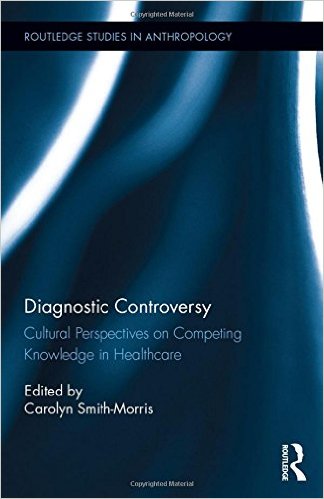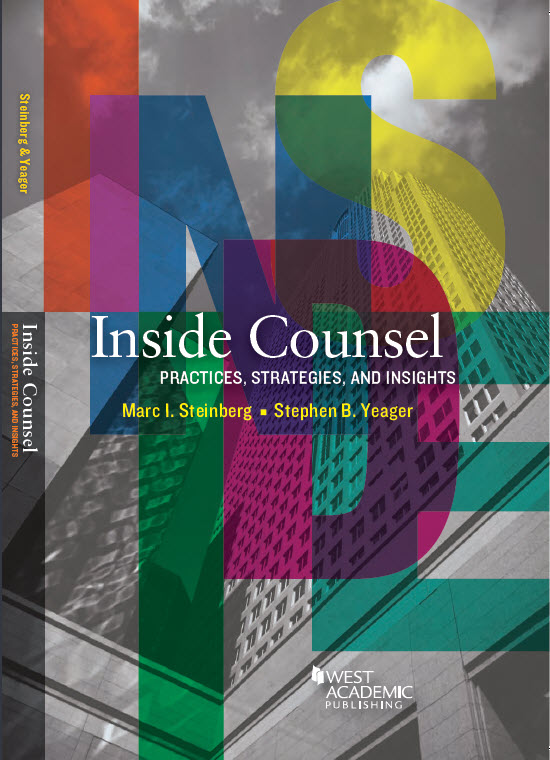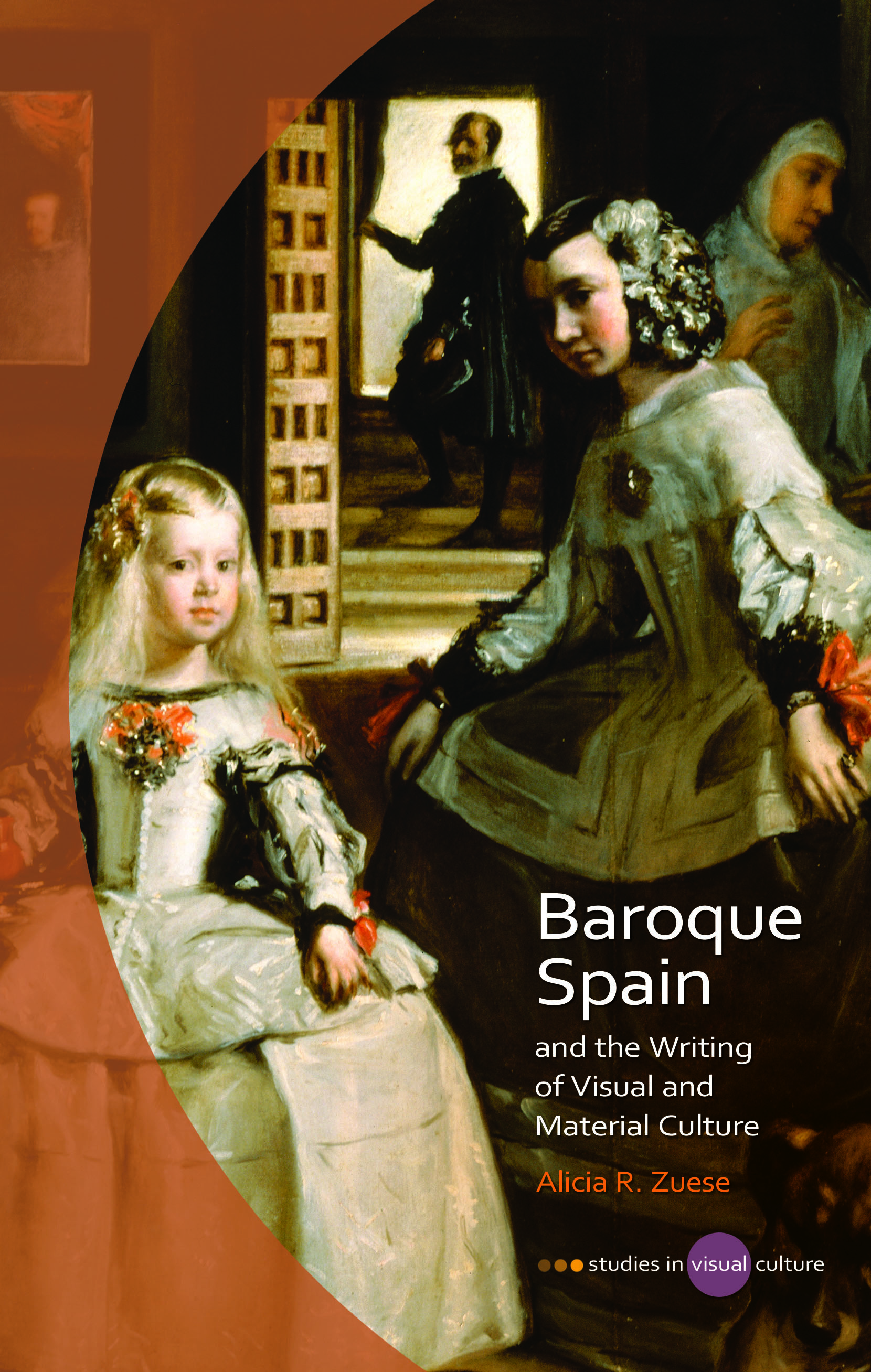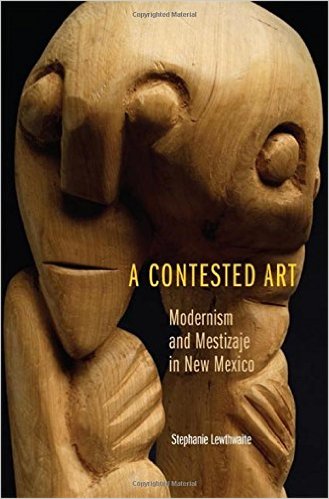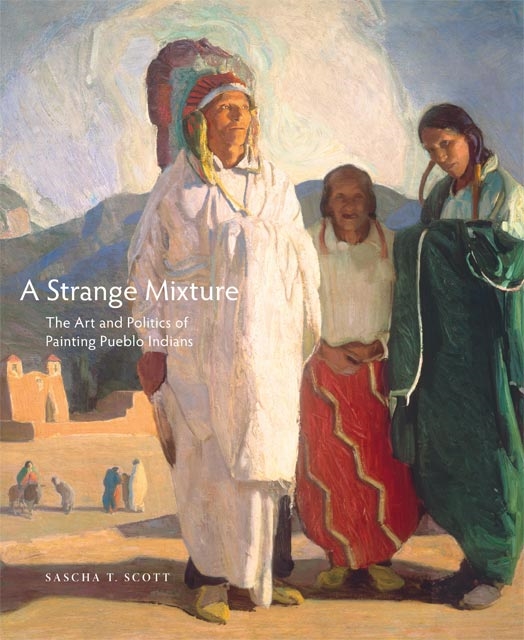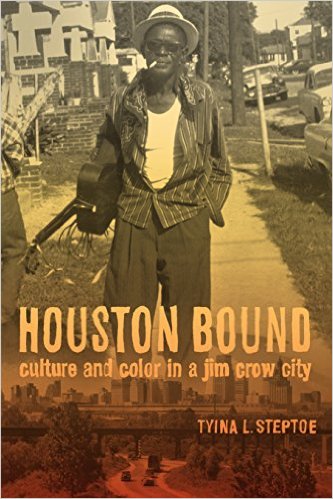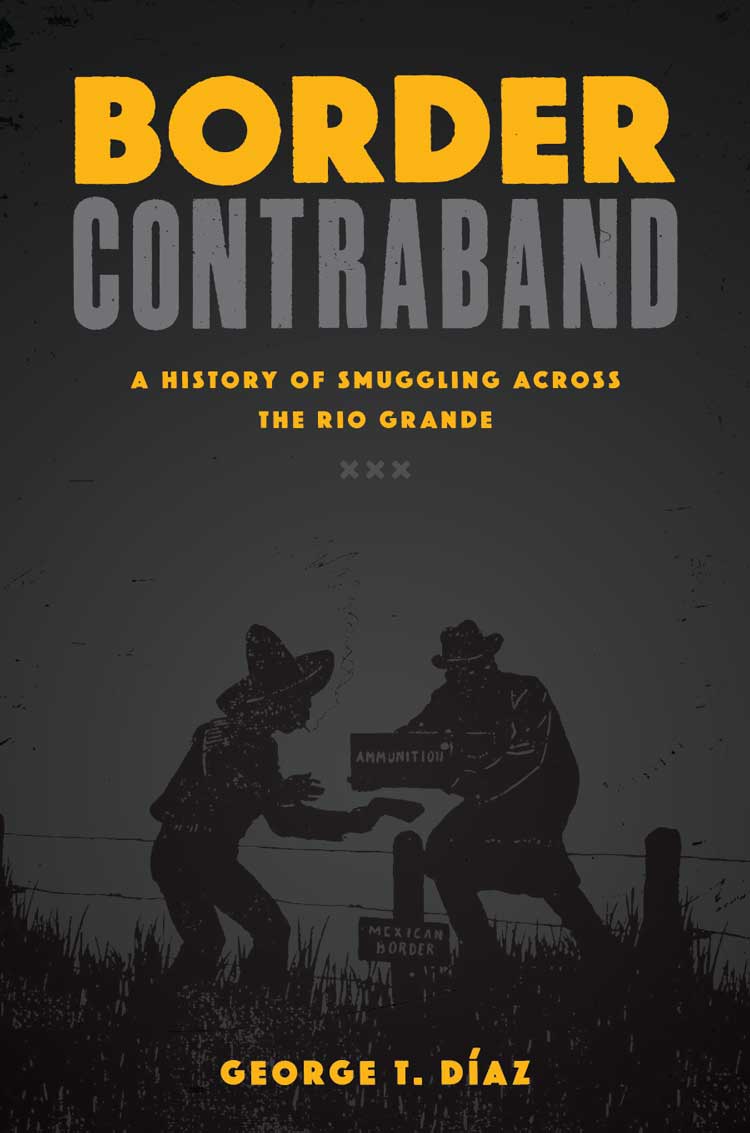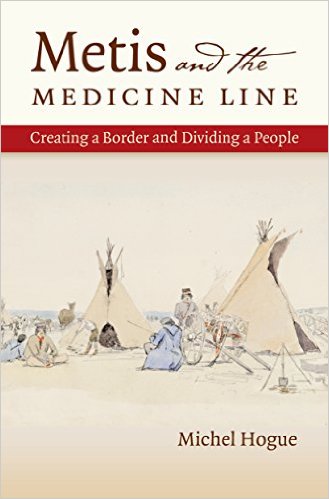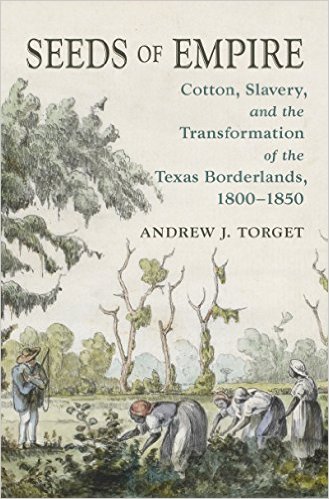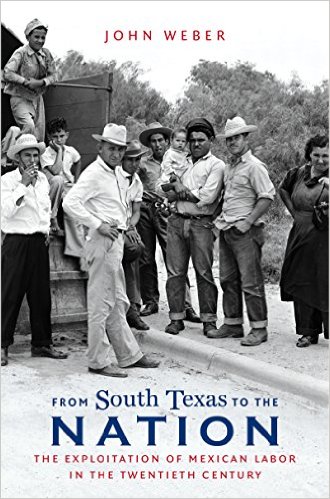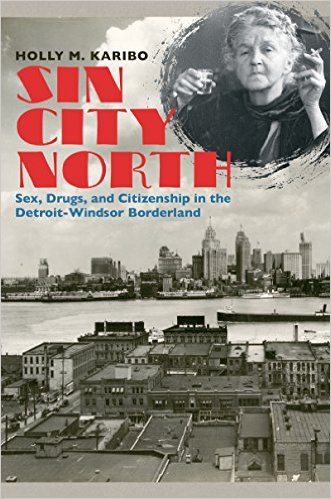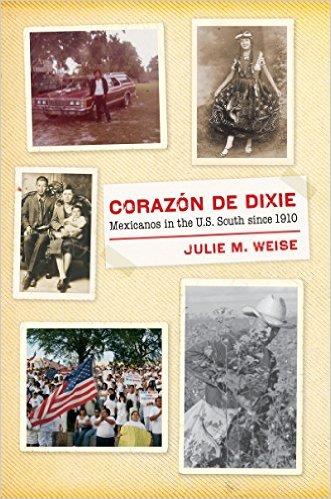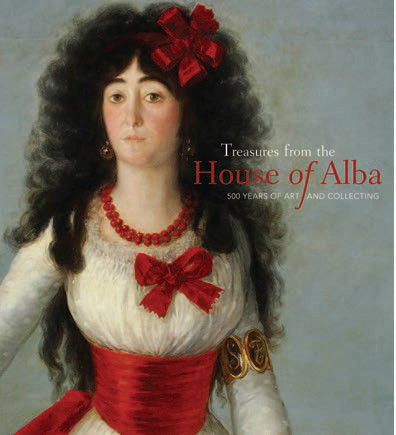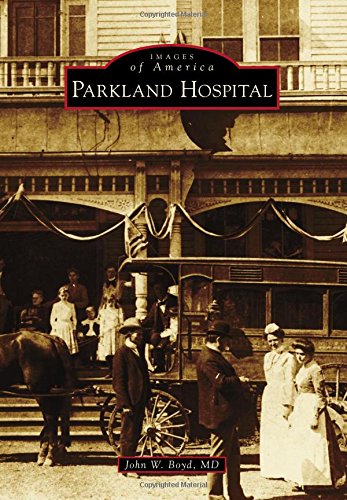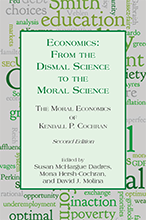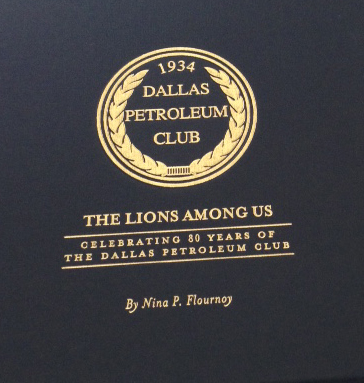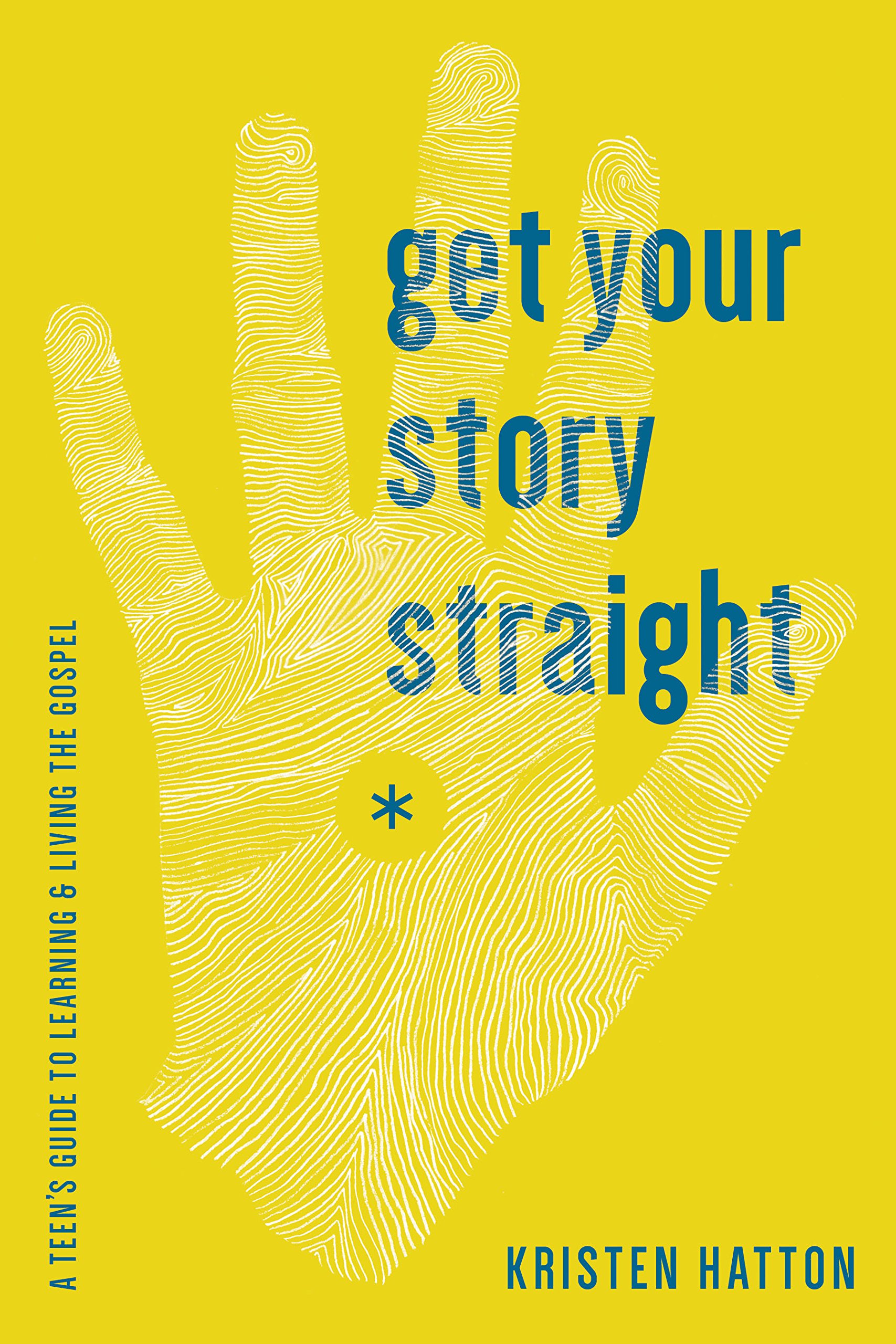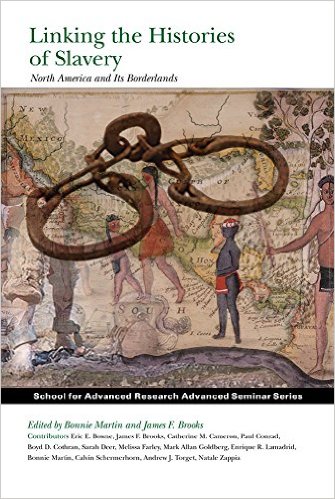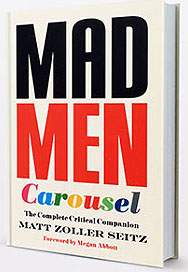Reading Holiday
Enjoy the holidays with books from SMU faculty, staff, alumni, libraries and museum.

Compiled by Cherri Gann
SMU News
DALLAS (SMU) – Books published in 2015 by the SMU community, including faculty, staff, alumni, libraries and museum, can complete your holiday gift list.
Need to satisfy a history buff? This list has it covered in genres from art to film to science to the Southwest. Find selections for readers of poetry, as well as personal, political and travel memoir. There’s a cookbook for foodies. A photography collection showcases the American West. Arty crime capers are filled with mystery and intrigue to the end. There’s even a literary riff in the form of a card game based on a classic novel.
This collection has something for all reading preferences, from light to serious. Some selections are available at the SMU bookstore, but all are available via online booksellers unless otherwise noted. Authors are listed alphabetically.
SMU Centennial
Commemorate SMU’s centennial with SMU: Unbridled Vision, which features more than 160 pages of photography of the SMU campus, historical photos and facts about the University’s colorful history. Learn more and order at smu.edu/100. Also available at the SMU Bookstore. The SMU Campus at 100: a Century of Shared Commitment profiles the 100 buildings that make up SMU’s campus, including Dallas Hall, and previews future facilities that will be essential for students and research in the decades ahead. Rich photography depicts the stately buildings at their best, as well as the inspirational monuments, fountains, quadrangles, promenades and green spaces that add grace and grandeur. Available at the SMU Bookstore. Savor more than 400 delicious recipes in the new cookbook Hilltop Courses: Then and Now (Morris Press), produced by the SMU Woman’s Clubjust in time for its, and SMU’s, Centennial Celebration. Nearly 100 current and retired SMU faculty and staff, parents, friends and alumni contributed to the 260-page collection, including a recipe for Cowboy Cookies, shared by SMU alumna and former First Lady Laura Welch Bush ’68. The cover features an original watercolor illustration of SMU’s iconic Dallas Hall by Gail Turner, wife of SMU President R. Gerald Turner. Eight tabbed sections within the three-ring binder offer quick access to chapters ranging from appetizers to desserts to Boulevarding. Hilltop Courses is available for $20 at smustore.com and at the SMU Bookstore, 3060 Mockingbird Lane. Proceeds benefit the Woman’s Club Scholarship Fund, which provides an annual stipend to help an SMU sophomore through her graduation year. Books by Faculty and Staff
The National Bureau of Economic Research declared an end to the Great Recession in 2010, even though few of the more than six million jobs shed in 2008 and 2009 had been re-gained. Government policies today have yet to make a significant dent in unemployment. In End Unemployment Now: How to Eliminate Joblessness, Debt, and Poverty Despite Congress (St. Martin’s Press), Ravi Batra, economics professor at SMU’s Dedman College of Humanities and Sciences, explains his theories on how joblessness can be completely eliminated in two years – without the help of Congress. Batra’s examples include competing with the banking giants by creating a bank by the FDIC, banning mergers among large and profitable firms, aiding small businesses with cheap loans and government contracts; offering retiree bonds to increase the incomes of pensioners.

In Engaged Journalism (Columbia University Press), Jake Batsell, assistant professor of journalism at SMU’s Meadows School of the Arts, explores the changing relationship between news producers and audiences, and the methods journalists can use to secure the attention of news consumers. Batsell, a former staff writer for the Seattle Times and the Dallas Morning News, bases the book on his extensive experience and interaction with more than 20 innovative newsrooms in the U.S. and the U.K. To prepare for the book, Batsell attended newsroom meetings, analyzed internal documents, and talked with loyal readers and online users to document the successes and failures of the industry’s experiments with paywalls, subscriptions, nonprofit news, live events, and digital tools including social media, data-driven interactives, news games, and comment forums. His conclusion: audience attention can no longer be taken for granted. To survive, news providers must constantly listen to, interact with, and fulfill specific needs. Batsell offers some best practices based on effective, sustainable journalistic engagement. 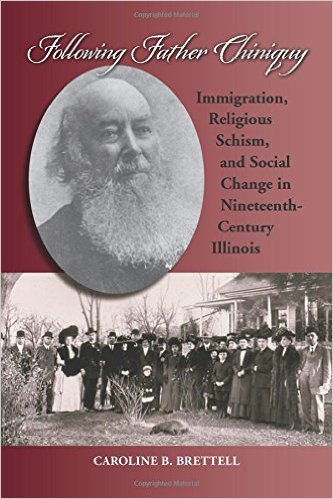
Between the late 1850s and early 1860s, Catholic and Protestant religious communities around the world focused their attention on a few small settlements of French Canadian immigrants in northeastern Illinois. Many of these immigrants, who had been to led to Illinois by a charismatic Catholic priest named Father Charles Chiniquy, converted to Protestantism soon after arriving in their new home. Immigration, Religious Schism and Social Change in 19th Century Illinois (Southern Illinois University Press), by Caroline Brettell, University Distinguished Professor of Anthropology and Ruth Collins Altshuler Director of the Dedman College Interdisciplinary Institute, explores how Father Chiniquy took on both the sacred and the secular authority of the Catholic Church to engineer the religious schism, and how the legacy of this rift affected the lives of the immigrants and their descendants for generations. Although many of theologian John Wesley’s letters are valuable as literature, their major importance is as a revelation of Wesley as a man, as well as offering a glimpse of the people and events of his day. The Works of John Wesley, Volume 3 (Abingdon Press), edited by Ted A. Campbell, professor of church history at SMU’s Perkins School of Theology, provides a revealing portrait. This correspondence illuminates critical developments in the Wesleyan movement in the period between 1756-65, including very significant rifts between Wesley and his brother Charles, and between Wesley and his wife, Mary. Wesley’s attempts to deal with radical enthusiasts and separatists, such as Thomas Maxfield, and his relationship with Greek Orthodox leader Gerasimos (Erasmus) Avlonites, and Wesley’s activities related to the Seven Years War also are included. Some speak of gloom and doom for the future of mainline Christianity. Tragic for churches is that many pastors, too, feel that decline is inevitable and are blind to the strengths that they do have. In The Sky Is Falling, the Church Is Dying, and Other False Alarms (Abington Press), author Ted A. Campbell suggests that the current sense of malaise is only a mirage. Traditions hold the keys to faith’s relevance for the world today. He offers practices to help churches build up the larger Christian community while reaching out to new individuals.
In November 2014 SMU’s Center for Presidential History co-sponsored with the John C. Danforth Center on Religion and Politics a daylong symposium titled Religion and Politics in 21st Century America. The program featured presentations by and discussions between more than a dozen of today’s top scholars on the role of religion in American history. Conference presentations were developed into Faith in the New Millenium: The Future of American Religion and Politics (Oxford University Press.) SMU Dedman College faculty contributed two: “The Founding Fathers in Modern America,” by Kate Carté Engel, associate professor of religious studies; and “Teaching About Religion in Red-state America,” by Mark A. Chancey, professor of religious studies.
DICK, the card game (Why So Ever) is a game based on Herman Melville’s Moby Dick, and that’s close enough to make this list. Created by Tim Cassedy, English professor at SMU’s Dedman College, with two of his former students, Chelsea Grogan ’15 and Jenna Peck ’15, DICK plays to the classic novel’s humor in a play-on-words game of complete the sentence, similar to Apples to Apples or Cards Against Humanity, but using quotes from Moby Dick. Simultaneous to the novel’s earnest themes of American ruggedness, will and vengeance, “Moby Dick is really, really funny,” Cassedy says. “If you go into it knowing Melville is often kidding, it reads completely differently.” Alessandra Comini, a Meadows School of the Arts distinguished professor of art history emerita turned fiction crime writer, presents installments two and three of her Megan Crespi mystery novel series (Sunstone Press). In The Schiele Slaughters, a museum night watchman has been brutally murdered and his nude corpse deliberately posed below a self-portrait of the Expressionist artist Egon Schiele. Retired art history professor Megan Crespi, a scholar of Schiele’s work, is called in to help solve the case. A series of Schiele-related attacks ensue, including spray-painted defacement of the artist’s nude figures and desecration of his grave. A harrowing investigation encounters the fanatical grand master of a secret sect dedicated to obliterating obscenity. Crespi encounters more dead bodies along the case trail, which takes her from Vienna, to Kaliningrad in Russia, to Krumau in Bohemia and finally Milan, Italy, on the hunt for a hidden trove of major Schiele works.
In Comini’s The Kokoschka Capers, no. three in the Crespi series, a major artwork by the Viennese Expressionist artist Oskar Kokoschka has been stolen from the Basel Museum in Switzerland. The original piece, which shows the artist with his lover, Alma Mahler, has been replaced with a near duplicate but with Mahler replaced by an unknown woman. Crespi travels to Vienna to help with the investigation, but not before a second theft of unknown Kokoschka artworks are taken from a storage vault. Crespi must contend with the mysterious multimillionaire Desdemona Dumba, a stunning anorexic on a mission to unite Kokoschka’s lost works and out of public scrutiny, as well as two other fanatical Kokoschka collectors going to extreme measures to either desecrate or protect images of the artist’s lover. The first book in this series, Killing for Klimt, was published last year. Stop Touching Me, a memoir by Lisa Dark, SMU’s associate head women’s basketball coach, tells Dark’s story of travelling to Paris as an escape her past and present, and change her future. Visiting the City of Light inspires Dark subsequent European travel to experience new challenges and adventures. During these trips, Dark begins to remember and process a personal darkness that has haunted most of her life. Eventually the time comes to face her fears of the past. The two stories come together in a surprising ending that inspires hope and forgiveness. E-book format only.
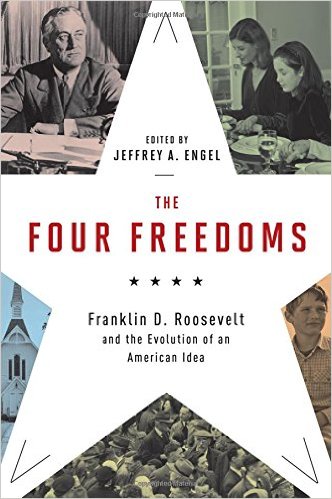
The specter of global war loomed large in President Franklin Roosevelt’s mind as he prepared for his 1941 State of the Union address. He believed the U.S. had a role in the battle against Nazi and fascist aggression already underway in Europe, yet his rallying cry to the nation was about more than national security or why Americans should care about a fight overseas. Roosevelt framed the U.S. role in the conflict, and ultimately its role in forging the post-war world to come, as a fight for freedom – four freedoms, to be exact: freedom of speech, freedom from want, freedom of religion, and freedom from fear. The Four Freedoms: Franklin D. Roosevelt and the Evolution of an American Idea (Oxford University Press) edited by Jeffrey Engel, director of SMU’s Center for Presidential History, with a chapter by Linda Eads, associate provost at SMU, is a new look at one of the most influential presidential addresses ever delivered, exploring how each of Roosevelt’s freedoms evolved over time. The book reveals a portrait of who Americans were in 1941 and who they have become today, in their own eyes, and in the eyes of the world. Despite a growing body of research on teaching methods, instructors lack a comprehensive resource that highlights and synthesizes proven approaches. Teaching for Learning: 101 Intentionally Designed Educational Activities to Put Students on the Path to Success (Routledge), by Michael Harris, associate professor and director for the Center of Teaching Excellence at SMU’s Annette Caldwell Simmons School of Education and Human Development, with Claire Howell Major and Todd Zakrajsek, fills this gap. This catalog of strategies describes an approach, lists essential features and elements and demonstrates its previous use in education – including specific examples from different disciplines. This tool provides instructors with a resource grounded in the academic knowledge base, written in an easily accessible, engaging, and practical style.
In 1500 CE, the Inca Empire covered most of South America’s Andean region. Leaders of the empire first encountered Europeans on Nov. 15, 1532, when a large Inca army confronted Francisco Pizarro’s band of adventurers in the highland Andean valley of Cajamarca, Peru, and aggressively showcased its moral authority and political power. The Europeans’ experience at Inca Cajamarca compels revised understandings of pre-contact Inca visual art, spatial practice and bodily expression. Art and Vision in the Inca Empire: Andeans and Europeans at Cajamarca(Cambridge University Press), by Adam Herring, associate professor of art history at SMU’s Meadows School, takes another look at the Cajamarca encounter, using the episode to offer a new, art-historical interpretation of pre-contact Inca culture and power. Before becoming the diplomat-in-residence and adjunct professor of political science with SMU’s John G. Tower Center for Political Studies, Robert Jordan served as the U.S. Ambassador to Saudi Arabia from 2001-03. Jordon received his nomination during peacetime, but began his posting after terrorists had struck the New York City’s twin towers on Sept. 11, 2001. Desert Diplomat: Inside Saudi Arabia Following 9/11 (Potomac Books, Inc.) recounts Jordan’s two-year stint as ambassador to Saudi Arabia, where he worked closely with Crown Prince Abdullah and other Saudi leaders on terrorism, human rights and other sensitive issues, while also maintaining Saudi cooperation with American interests in Afghanistan and Iraq. The book discusses the dysfunctional crossroads of American foreign policy, warfare and intelligence gathering, and includes reflections on experiences with Washington power players such as President George W. Bush; Vice President Dick Cheney; cabinet members Colin Powell, Donald Rumsfeld and Condoleezza Rice and CIA Director George Tenet.
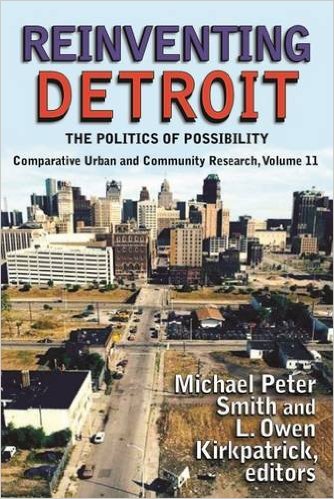
Reinventing Detroit: The Politics of Possibility (Transaction Publishers), edited by Lucas Owen Kirkpatrick, assistant professor of sociology at SMU’s Dedman College, with Michael Peter Smith, addresses what went wrong with Detroit and what can be done to effect its reinvention. While deindustrialization, white flight and a disappearing tax base are now well understood, less discussed are potential ways forward. Socioeconomic, fiscal and political urban crises seem to have narrowed possible interventions. Growth-oriented redevelopment strategies have not reversed Detroit’s decline, and officials have increasingly funneled limited public resources into the city’s commercial core via an implicit policy of “urban triage”. The city’s predicament has also led to the emergency management of the city by extra-democratic entities. As a disruptive historical event, Detroit’s crisis is a moment teeming with political possibilities.
Following the late 1850s discovery in Europe that humanity had roots that predated known history and reached deep into the Pleistocene era, scientists wondered whether North American prehistory might be just as ancient. This idea set off an eager race for evidence of the people who might have occupied North America during the Ice Age – a long, and, as it turned out, bitter and controversial search. In The Great Paleolithic War: How Science Forged An Understanding Of America’s Ice Age Past (University of Chicago Press), David J. Meltzer, Henderson-Morrison Professor of Prehistory at SMU’s Dedman College, recounts the scientific quest that set off one of the longest-running feuds in the history of American anthropology – so vicious at times that anthropologists were deliberately frightened away from investigating potential sites. This book explains how and why this controversy developed, and stubbornly persisted, for as long as it did; and how, in the process, it revolutionized American archaeology.
In 2003, the Bush Administration’s New Freedom Commission asked mental health service providers to begin promoting “recovery” rather than churning out long-term, chronic mental health service users. Recovery's Edge: An Ethnography of Mental Health Care and Moral Agency(Vanderbilt University Press), by Neely Laurenzo Myers, assistant professor of anthropology at SMU’s Dedman College, views the inner workings of a mental health clinic run, in part, by people who are themselves in recovery from mental illness. This chronicles Myers own journey through three years of ethnographic research at this unusual site, providing a nuanced account of different approaches to mental health care. And, through intimate stories of people struggling to find meaningful work, satisfying relationships and independent living, it examines the high bar set for those in recovery. This book is the 2015 winner of the Norman L. and Roselea J. Goldberg Prize by Vanderbilt University Press for the best book in the area of medicine. Americans have become familiar with the term “second generation” as it’s applied to children of immigrants who now find themselves citizens of a nation built on the notion of assimilation. Identity and the Second Generation: How Children of Immigrants Find Their Space (Vanderbilt University Press), co-edited by Faith G. Nibbs , director of the Forced Migration Innovation Project and research assistant professor of anthropology at SMU’s Dedman College, and Caroline B. Brettell, explores this common, worldwide experience by studying the social worlds of the children of immigrants. These children explore citizenship and cultural identity through the Internet, social media, and local community support groups. The second generation is a global community and endeavors to make itself a home regardless of state or citizenship.
For 25 years Texas’ economic growth has consistently outpaced that of the U.S. as a whole. What accounts for the state’s economic success? And does it come at a future price? Ten-Gallon Economy: Sizing Up Economic Growth in Texas (Palgrave Macmillan) is edited by Pia M. Orrenius, economist and senior fellow at SM. The book features new research on regional economic growth and some surprising findings on Texas’ unique tax and banking institutions, booming energy and export sectors, vibrant labor market, expanding demographics and human capital, and growing border economy. Texas has a large, flexible dynamic economy, yet still subject to the booms and busts of the energy sector. Low taxes are regressive relative to national benchmarks – fueling growth, but inhibiting investment in education and health. As one of only five minority-majority states, Texas is poised to reap a big demographic dividend if it invests wisely in the coming generation of mostly Latino workers. This volume offers interesting insight into Texas’ economy, laying out choices facing policymakers charged with safeguarding the state’s growth premium for future generations.
The Western in the Global South (Routledge), edited by Dayna Oscherwitz, associate professor of French and Francophone studies, chair of World Languages and Literatures, at SMU’s Dedman College, with MaryEllen Higgins and Rita Keresztesi, investigates the Western film genre’s impact, migrations and reconfigurations in the global south. This book offers a range of historical engagements with the genre, from African, Caribbean, South and Southeast Asian, Central and South American, and transnational directors. The contributors employ interdisciplinary cultural studies approaches to cinema, integrating aesthetic considerations with historical, political, and gender studies readings of the international appropriations and U.S. re-appropriations of the Western genre.
Aung San Suu Kyi―Burma's "woman of destiny” and one of the most admired voices for freedom in the world today―comes alive through this rendering of Burma's tumultuous history in The Burma Spring: Aung San Suu Kyi and the New Struggle for the Soul of a Nation (Pegasus Books), by Rena Pederson, Master of Liberal Studies instructor at SMU’s Simmons School, as well as an award-winning journalist and former State Department speechwriter. Pederson reveals fresh details about the charismatic Nobel Peace Prize winner Suu Kyi, the inspiration for Burma’s (now Myanmar) first steps towards democracy. Pederson includes new facets to Suu Kyi’s extraordinary story gleaned from recently disclosed diplomatic cables and exclusive interviews with Suu Kyi since her release from 15 years of house arrest.
A Printed Icon in Early Modern Italy: Forlì's Madonna of the Fire (Cambridge University Press) by Lisa Pon, associate professor of art history at SMU’s Meadows School, offers an experiment in art historical inquiry that spans more than three centuries of making, remaking, and renewal. In 1428, a devastating fire destroyed a schoolhouse in the Northern Italian city of Forlì, leaving only a woodcut of the Madonna and Child that had been tacked to the classroom wall. The people of Forlì carried that print, now known as the “Madonna of the Fire”, into their cathedral, and two centuries later a new chapel was built to enshrine it. Pon breaks down and considers the series of seminal moments in the print’s cultural biography: the unknown date when ink was pressed onto paper; when Forlì’s people recognized that ink-pressed sheet as miraculous; its enshrinement in various tabernacles and chapels in the cathedral; and when it, or a copy, continues to be carried in procession. 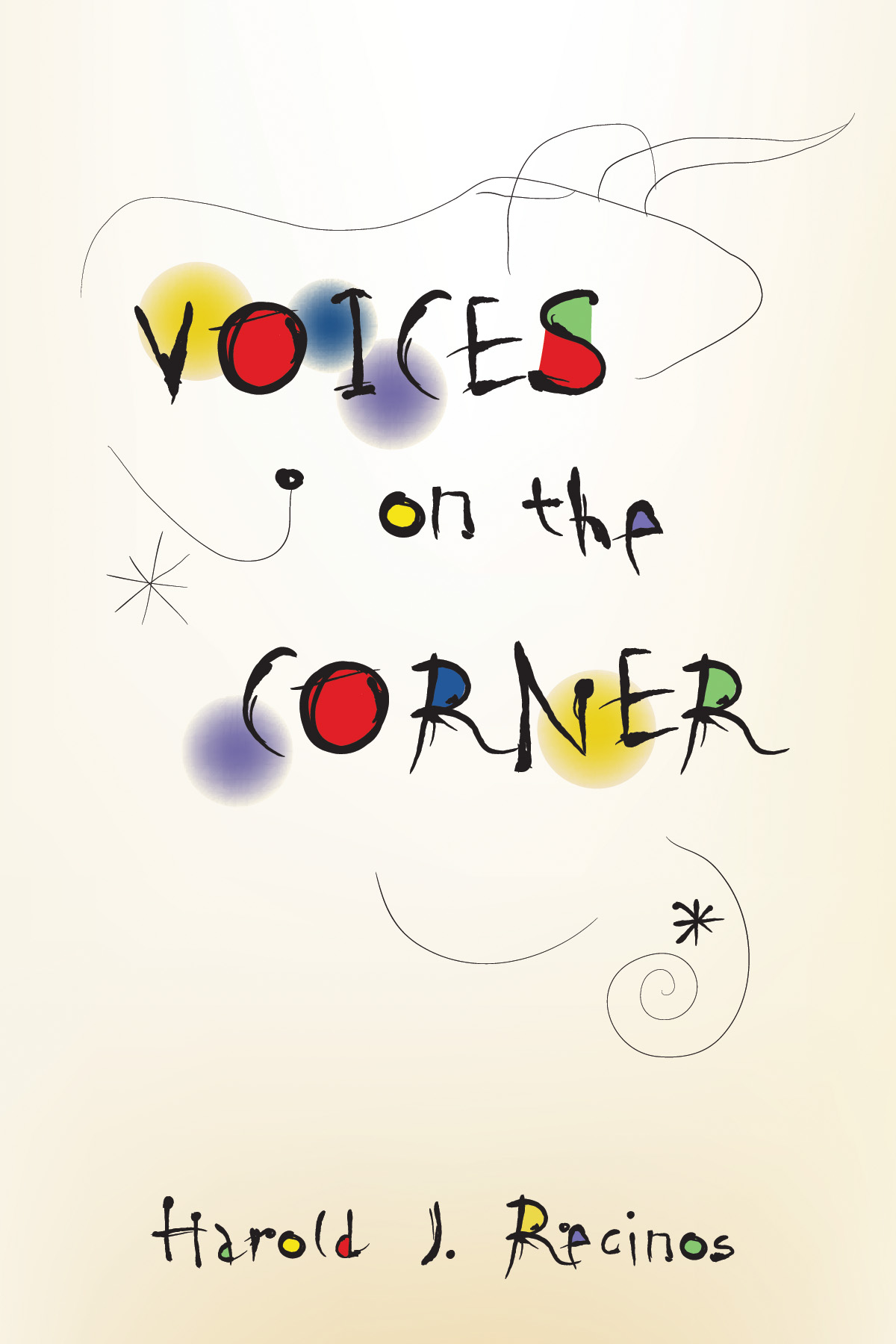
Harold J. Recinos, professor of church and society at SMU’s Perkins School, lived on the streets of New York City from the ages of 12 to 16 after being abandoned by his parents. A Presbyterian minister eventually took Recinos into his home and family, helped Recinos kick a heroin habit, and enrolled him in school. Recinos’ poetry collection, Voices on the Corner (Wipf and Stock), offers insight into the existential experiences of people excluded from mainstream society, touching on issues of police brutality, gun violence, immigrants’ rights, urban blight, death, hunger, religious violence, drug addiction, pluralism, spirituality, family life, hope, and the pulse of daily life in overlooked places. 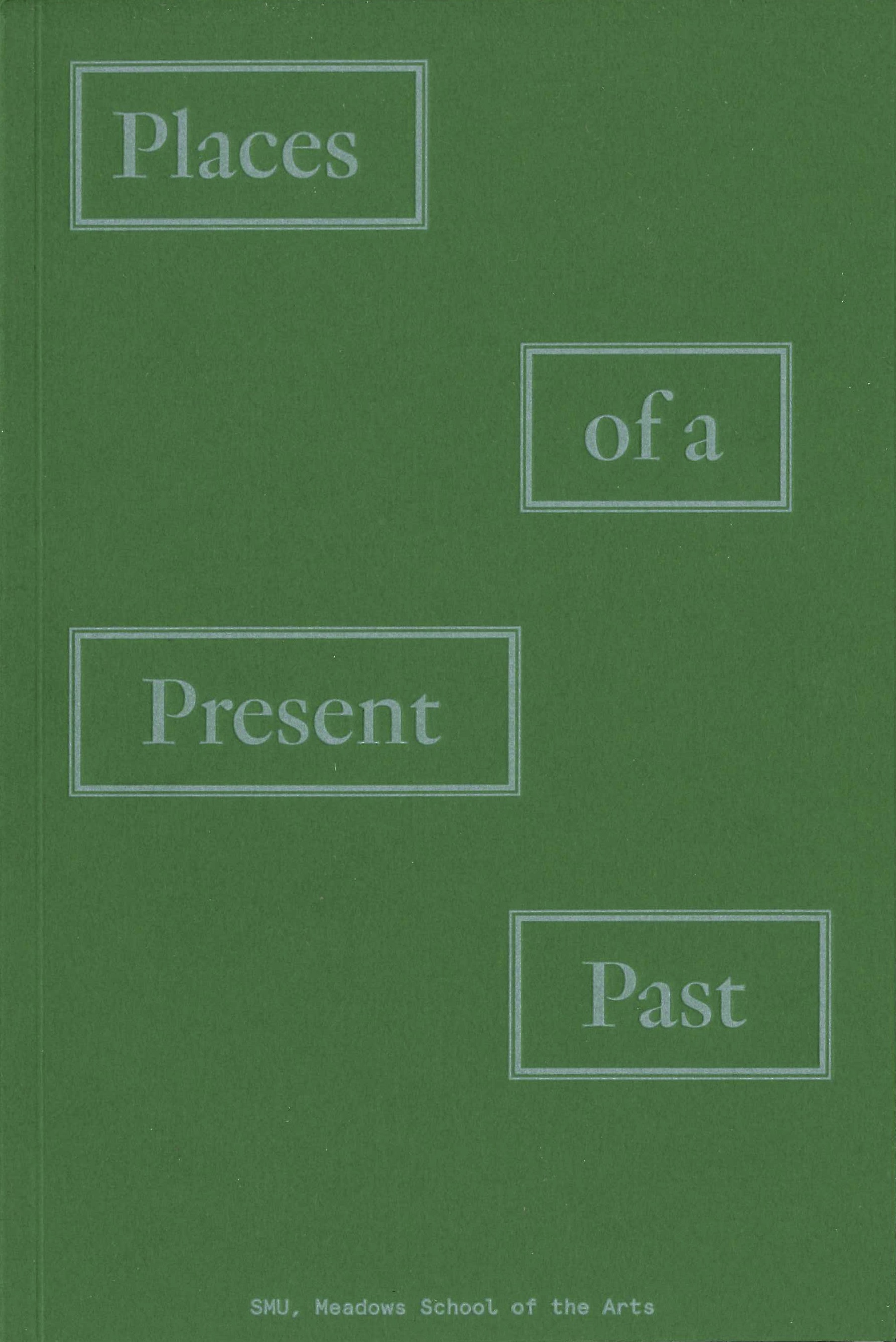
Places of a Present Past (Publication Studio Hudson), edited by Noah Simblist, associate professor and chair of art at SMU’s Meadows School, examines three exhibitions presented in 2014 at the Meadows School’s Pollock Gallery that addressed the impact of past trauma by focusing on particular sites. Explored are artist Jin-me Yoon’s “Extended Temporalities”, about the colonial relationship between Japan and Korea in the first half of the 20th century; the group show “Where Are You From?” featuring artists Aissa Deebi, Kamal Aljafari and Dor Guez, recounting the story of the Israeli occupation of Palestine; and the Sarah Morris film 1972, about the 1972 Summer Olympics in Munich, during which 11 Israeli athletes were kidnapped and murdered by a Palestinian terrorist group. Purchase this book through the Publication Studio website athttp://www.publicationstudio.biz/books/.
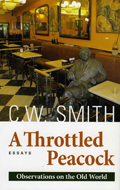
A Throttled Peacock: Observations on the Old World (DeGolyer Library), by C.W. Smith, a Dedman Family Distinguished Professor emeritus, is a collection of 12 essays inspired by a six-month European adventure in 1990. Smith’s droll and ironic observation on the antics of Europeans at home and Americans abroad in this off-beat memoir gently mocks both traveler and host. With an underlying theme of misperception and the surprise of upended expectations, the essays entertain even as they instruct. A Throttled Peacock is available for direct purchase through SMU’s DeGolyer Library at https://sites.smu.edu/cul/degolyer/. Diagnostic Controversy: Cultural Perspectives on Competing Knowledge in Healthcare (Routledge), edited by Carolyn Smith-Morris, associate professor and director of the Health and Society Program at SMU’s Dedman College, focuses on the magnitude of diagnosis and its influence on inclusion and exclusion in health care. Diagnosis is seen as both an expression and a vehicle of biomedical authority, yet it is also a necessary and speculative tool for the identification of and response to suffering in any healing system. This book volume focuses on three distinctive realms of diagnostic conflict: role of diagnosis in access to care, processes of medicalization and resistance, and the changing position of diagnosis for 21st-century global health. The 2016 presidential election season began long months ago, and there is no other print source, online source, or Web search engine that provides the wide range and depth of insight found in Vital Statistics on American Politics 2015-2016 (CQ Press), by Harold W. Stanley, SMU’s vice president for executive affairs and the Geurin-Pettus Distinguished Chair in American Politics and Political Economy, with Richard G. Niemi. This new edition is updated with the most recent information available. The editors consult hundreds of sources to calculate and locate the data, facts, and figures that offer a vivid and multifaceted portrait of the broad spectrum of U.S. politics and policies. Chapter topics include elections and political parties, public opinion and voting, the media, the three branches of U.S. government, foreign, military, social and economic policy, and much more.
Inside Counsel, Practices, Strategies, and Insights (West Academic Publishing) by Marc I. Steinberg, Rupert and Lillian Radford professor of law, and Stephen Yeager, assistant dean for Student Affairs at SMU’s Dedman School of Law, is a comprehensive account of in-house law practice. The book is a valuable resource for law students, in-house counsel, those contemplating going in-house, and even outside lawyers. The authors rely on their collective decades of practical and academic experience to offer key insights into such topics as successful strategies for in-house counsel, internal client interaction, outside counsel collaboration and preventive law. Inside Counsel also outlines skill sets that are valued by corporate counsel, as well as steps toward obtaining an in-house position.
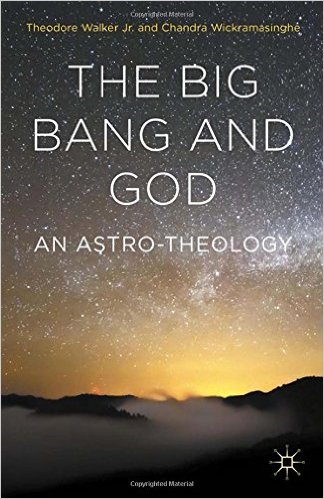
The Big Bang and God: An Astro-Theology (Palgrave Macmillan), by Theodore Walker, Jr., associate professor of ethics and society, at SMU’s Perkins School, and Chandra Wickramasinghe, develops and explores the interdisciplinary convergences between the supposedly oppositional fields of natural theology and the hard sciences of astronomy, biology, astrobiology, astrophysics and cosmology. The authors claim that recognition and analysis of these convergences is part of a greater postmodern trend. They also assert historical precedent in the recognition of the overlap between the theological and the scientific in the work of astronomer Sir Fred Hoyle, philosopher and mathematician Alfred North Whitehead, and process philosopher Charles Hartshorne. This book also draws on the work of poets, science fiction authors, and other artists as it makes the case for a radical relationship between the scientific and theological. In Baroque Spain and the Writing of Visual and Material Culture (University of Wales Press) Alicia R. Zuese, associate professor of early modern Spanish literature and culture at SMU’s Dedman College, examines pictorial episodes in Spanish baroque novellas to explain how writers create pictorial texts and how audiences imagine the texts. She examines such writers as Miguel De Cervantes, Lope de Vega, María de Zayas and Luis Vélez de Guevara. Applying methods from cognitive cultural studies, classical memory treatises, and techniques of spiritual visualization, Zuese considers how artistic genres and material culture help us understand an audience’s aural, material, visual and textual literacies.
Books from SMU’s William P. Clements Center for Southwest Studies
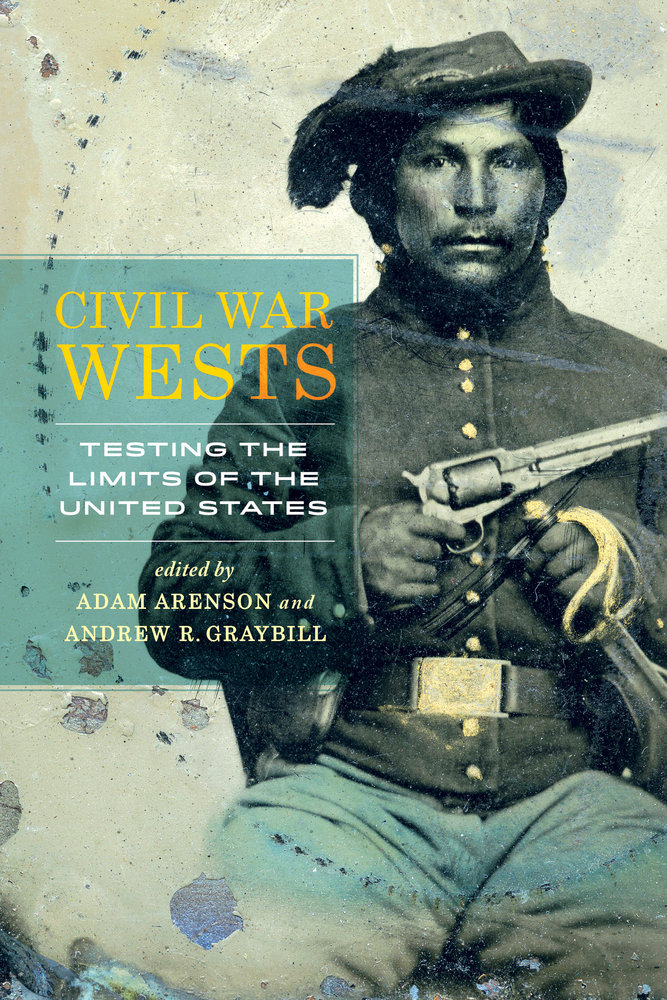
Civil War Wests: Testing the Limits of the United States (William P. Clements Center for Southwest Studies and University of California Press), co-edited by Andrew R. Graybill, SMU history chair and co-director of the Clements Center, and Adam Arenson, presents a new, integrated view of the Civil War and Reconstruction and the history of the western United States. Award-winning historians such as Steven Hahn, Martha Sandweiss, William Deverell, Virginia Scharff, and Stephen Kantrowitz offer original essays on lives, choices, and legacies in the American West, discussing the consequences for American Indian nations, the link between Reconstruction and suffrage movements, and cross-border interactions with Canada and Mexico. In the West, Civil War battlefields and Civil War politics engaged a wide range of ethnic and racial distinctions, raising questions that would arise only later in places farther east. Histories of Reconstruction in the South ignore the connections to previous occupation efforts and citizenship debates in the West. The stories contained in this volume complicate our understanding of the paths from slavery to freedom for white as well as non-white Americans.
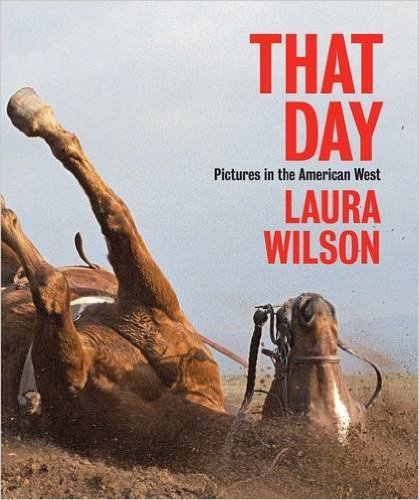
That Day: Pictures in the American West by photographer Laura Wilson (Clements Center and Yale University Press) showcases Wilson’s incisive eye, telling sharply drawn stories of the people and places that shape the nation’s most dynamic and unyielding land. Wilson’s subjects range from legendary West Texas cattle ranches to impoverished Plains Indian reservations to lavish border-town cotillions. Notes from her journals accompany the photographs, many of which are previously unpublished, and detail her personal experiences behind the camera when a particular image was captured. “There are pictures of beautiful landscapes and ranches, but also bleaker images of Indian reservations, undocumented migrants crossing the Rio Grande, and pit bull fighting,” writes Graybill in the foreword for the collection. “It really captures the West in all its beauty as well as all its brutality.”
When New Mexico became an alternative cultural frontier for avant-garde white writers and artists in the early 20th century, the region was still largely populated by Spanish-speaking Hispanos. Hispano art forms inspired the Anglo’s modernist ventures, and Anglo influence transformed the aesthetic expectations and marketplace. A Contested Art: Modernism and Mestizaje in New Mexico (University of Oklahoma Press), by former Clements Center fellow Stephanie Lewthwaite examines the complex Hispano response to these changes in the artists’ experimentation with colonial art forms and modernist trends in painting, photography and sculpture. Lewthwaite also notes the important yet neglected role that Hispano artists played in shaping the world of modernism in 20th-century New Mexico.
A Strange Mixture: The Art and Politics of Painting Pueblo Indians (University of Oklahoma Press) by former Clements Center fellow Sascha Scottclosely examines work by five artists during the interwar years of 1915-30, when federal Indian policy shifted from forced assimilation to preservation of Native cultures. Scott explores how the artists’ work was shaped by, and helped to shape, Indian politics. Houston Bound: Culture and Color in a Jim Crow City (University of California Press) by former Clements Center fellow Tyina Steptoe, explores how post-World War I Houston was transformed from a black-and-white frontier town into one of the most ethnically and racially diverse urban areas in the U.S. Social and cultural history show how, despite Anglo attempts to fix racial categories through Jim Crow laws, converging migrations—particularly those of Mexicans and Creoles—introduced different understandings about race, complicating the ideas of blackness and whiteness. Racial complexity is also examined through music, tracing the emergence of Houston’s blues and jazz scenes in the 1920s, as well as the hybrid forms of these genres that arose through migrants’ social interactions.
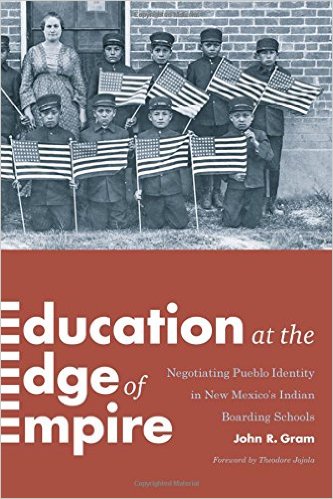
Education at the Edge of Empire: Negotiating Pueblo Identity in New Mexico’s Indian Boarding Schools (University of Washington Press), by alumnus John R. Gram ’12, expands understanding of the Indian boarding school experience. Gram examines two uncommon cases of off-reservation schools that were located near the communities whose children they sought to assimilate. These particular schools were far from the federal government’s reach, and were in competition with nearby Catholic schools for students. Nearby Pueblo parents regularly visited the schools, and influenced everything from classroom curriculum to school functions. The presence of these parents often diminished assimilation efforts and preserved some Pueblo cultural, social and economic survival. Today, smuggling across the U.S.-Mexico border is a professional, and often violent, criminal activity with a history of illicit business dealings stretching back to 1848, when attempts by Mexico and the U.S. to tax commerce across the Rio Grande upset local trade and caused popular resentment. Border Contraband: A History of Smuggling Across the Rio Grande (University of Texas Press), by alumnus George T. Díaz ’10, is the first history of this common practice. Diaz begins by examining the years between 1848-1910, when the U.S.-Mexico trade concerns focused on tariff collection, and attempts to avoid payment via smuggling. Part two opens with the onset of the Mexican Revolution in 1910, when national customs and other security forces on the border shifted emphasis to the banning of prohibited items (particularly guns and drugs) that threatened the state. Díaz explains how greater restrictions have transformed smuggling from a low-level mundane activity into a highly profitable, professional criminal enterprise.
The David J. Weber Series in New Borderlands History, published in collaboration with the University of North Carolina Press in honor and memory of the work of the late David J. Weber, SMU professor emeritus of history and founding director of the Clements Center, explores boundaries and borderlands:
- Metis and the Medicine Line: Creating a Border and Dividing a People (University of North Carolina Press), by Michel Hogue, illuminates how the Plains Metis – peoples of mixed native and European ancestry – were at the center of both the unexpected accommodations and the hidden history of violence that forged the “world’s longest undefended border.”
- Seeds of Empire: Cotton, Slavery, and the Transformation of the Texas Borderlands, 1800-1850 (University of North Carolina Press), by former Clements Center fellow Andrew Torget, recounts how the cotton revolution of the early 19th century transformed northeastern Mexico into the western edge of the U.S., and how the rise and spectacular collapse of the Republic of Texas, built on cotton and slavery, proved to be a blueprint for the Confederacy of the 1860s.
- From South Texas to the Nation: The Exploitation of Mexican Labor in the Twentieth Century (University of North Carolina Press), by former Clements Center fellow John Weber, reinterprets the U.S. record on human and labor rights, illuminating the way in which South Texas pioneered the low-wage, insecure, migration-dependent labor system on which so many industries now depend.
- Sin City North: Sex, Drugs, and Citizenship in the Detroit-Windsor Borderland (University of North Carolina Press) The early 20th century sparked the Detroit-Windsor region’s ascendancy as the busiest crossing point between Canada and the U.S., setting the stage for such socioeconomic developments as the emergence of illegal industries alongside legal trade, rapid industrial development, and tourism, all of which would link the border cities for years to come. Holly M. Karibo traces the growth of the two cities’ cross-border prostitution and heroin markets in the late 1940s and 1950s, and explores the social, legal, and national boundaries that emerged there.
- Corazón de Dixie: Mexicanos in the U.S. South since 1910 (University of North Carolina Press), by Julie M. Weise, documents the long history of Mexican and Mexican-American migration to the southern U.S., including to New Orleans, Mississippi, Arkansas, Georgia and North Carolina. The author follows Mexicanos into the heart of Dixie, where they navigated a Jim Crow system, cultivated community in the cotton fields, shaped the southern conservative imagination after the civil rights movement, and embraced their own version of early 21st-century suburban living.
From the Meadows Museum
Treasures from the House of Alba: 500 Years of Art and Collecting, edited by Fernando Checa, a former director of the Museo Nacional del Prado, in Madrid, Spain, is a beautifully illustrated 360-page English-language publication containing the art works in the historic exhibition at SMU’s Meadows Museum. It also lists major masterpieces sold from the family collection, new palace photography, and personal photographs of the Alba family from the last century. Contributors include Jacobo Siruela, José Manuel Calderón Ortega and Rosa Navarro Durán. Available in hardcover, ($65) or a deluxe, limited-edition gift box covered in red imperial cloth and featuring a handsome portrait of the Third Duke of Alba by Anthonis Mor, ($150). Available in the Meadows Museum Shop. To purchase, please call 214.768.1695 or email museumshop@smu.edu. If ordering via e-mail, please be sure to include the title in your message. A shop representative will call to obtain your credit card information.
Books by Alumni
Parkland Hospital: Images of America (Arcadia Publishing), by John W. Boyd M.D. ’78, tells the story of Dallas’ Parkland Hospital and its 120-year journey from frontier medicine, with medical care delivered by doctors on horseback, to becoming one of the world’s premier medical centers. For Dallas, modern medicine began in 1894 with the building of Parkland Hospital.
Economics: From the Dismal Science to the Moral Science: The Moral Economics of Kendall P. Cochran (University of North Texas Press), co-edited by Susan L. McHargue Dadres ’98 and Mona Hersh-Cochran ’66, with David J. Molina, is a new collection of the writings of Kendall P. Cochran, a prominent scholar of the moral and ethical dimensions of economic thought who died in 2007. In a brief biography of her late husband that opens the book, Hersh-Cochran writes that “[Kendall] made significant contributions to his field of study – the revolutionary idea, at the time, that economics should be studied and applied in a moral and ethical context.” Cochran’s articles are significant at this time because he is argues persuasively that economists have a moral obligation to provide policy recommendations that are consistent with a social agenda of fairness and opportunity. He makes an eloquent case that economists must identify instances in which government policy can and should be used to protect and promote society’s well-being. Print copies available for purchase, or read free online at www.library.unt.edu.
In the novel Contract City (Bancroft Press), by Mark Falkin ’93, in 2021 Tulsa, Okla., is a privatized city and home to Sara Paige Christie, a teenager yearning to attend UCLA film school and pursue a film career in L.A. While photographing the graffiti-covered walls of the city’s outskirts in search of a documentary subject, Christie repeatedly comes across the ubiquitous tag – WH2RR?? – that appears everywhere from storefront facades to public restroom walls. The private security personnel of FreeForceTulsa (FFT) scramble to eliminate the mark with power washers, gray-overs, and even full censorship by stripping photographs of the tags from the locally accessible Internet. Christie knows the tag means something, and she intends to find out. The town grows tense. Tulsa is on the cusp of becoming very interesting, and Christie could be in the right place to catch it all on film – if she survives.
The Lions Among Us: Celebrating 80 Years of The Dallas Petroleum Club (Taylor Specialty Books), by Nina Flournoy ’10, details The Petroleum Club’s formation in 1934 after H.L. Hunt struck it rich in the East Texas oil fields. It became the hub for oilmen flocking to the region. The oil tycoons who built the Petroleum Club also built the city of Dallas. This same oil fraternity served as a catalyst for uniting risk-taking oil leaders who went on to make strides in the state, the nation, and the global oil industry. The Lions Among Us started as a documentary project for the club’s first 80 years, said former club president Jerry Box, but it “evolved into a story about the regional oil industry and how the Dallas Petroleum Club brought all these dynamic oil personalities together.” Purchase The Lions Among Us through the Dallas Petroleum Club, at thedallaspetroleumclub.com, or contact Barbara Johnson at 214-871-1500.
Today’s selfie culture fuels ongoing confusion about identity and purpose, and teens are left to assume that they are ultimately responsible to make life work out, find meaning, and hope for the best when they mess up. When it’s all about you, it’s also all up to you, right? Not so, believesKristen Bech Hatton ’94, author of Get Your Story Straight (New Growth Press), a 52-week devotional book to help teens and young adults discover the incredible news that God really is the hero of their story. Forged out of one Bible study leader’s ongoing quest to see the gospel penetrate the hearts of the teenagers in her small group, this book builds a year’s worth of personal reading and interactive exercises squarely upon the gospel.

James Hoggard ’63, the Texas Poet Laureate in 2000, has published two new poetry collections: Soon After Rain (Wings Press) and James Hoggard: New and Selected Poems (TCU Press). In Soon After Rain, Hoggard uses poetic devices like pantoum and ghazals to draw readers into his stories of verse. For example, Hoggard revisits an old narrative about Odysseus’ attempts to avoid the Trojan War, which emerges as a poignant, and quite contemporary, love story. In his volume of New and Selected Poems, Hoggard visits themes of love, loss, and nature, taking readers on a journey from Texas to Paris and Taos to Rome.
Kill the Silence: A Survivor’s Life Reclaimed recounts the triumphant story of alumna and former track-and-field student-athlete Monika Kørra’12.On the way home from a party in 2009, Kørra, then a sophomore, was grabbed by three men and brutally raped. Within hours of being released by the perpetrators, she resolved not be a victim, but a survivor. A native of Norway, Kørra had arrived at SMU excited for the opportunity of a full scholarship to do what she loved, and determined to acclimate to life in the U.S. A lifelong athlete and Olympic hopeful, Kørra knew how to push through fatigue, soreness, and distraction. Persistence and patience had always been her greatest tools for achieving her goals. These same qualities would help Kørra to heal. Kørra shares the inspiring combination of mental and physical work that gave her the strength to win her greatest fight thus far: the court case against her three attackers, testifying against them with confidence and a fierce determination that these men would never hurt anyone else.

In Henry VIII's Health in a Nutshell (MadeGlobal), author and medical anthropologist Kyra Cornelius Kramer ’05 highlights the various health issues from which the king suffered throughout his life. Based on modern medical findings, she proposes a few new theories for their causes. The History in a Nutshell Series presents readers a historical topic in a concise, easily digestible and easily accessible way. This selection contains Kramer’s trademark reader friendly tone and excellent grasp of the intricacies of modern medical diagnostics.
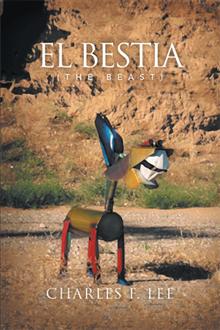
El Bestia: The Beast (Xlibris), by Charles F. Lee ’82, is the third novel of the The Threat from Within trilogy. Here, the seven former high school classmates with special powers join Colonels Morris and Stevens in a bold mission to rescue two kidnapped boys. During the daring rescue attempt, Colonel Morris’ team confronts drug lord Subcomandante Marcos Zapata known as El Bestia (the beast) and his men in an action-packed thriller that takes place in Mexico and the U.S. The suspenseful chase tests the skills, ingenuity and friendship of the protagonists. Lee paints a real-life backdrop of the alarming issues faced by the neighboring countries regarding the increasing demand for heroin and other drugs in the U.S. The previous books in this series – The Threat from Within and The Threat From Within Defeated – were published in 2013 and 2014, respectively.
In Linking the Histories of Slavery: North America and Its Borderlands, edited by Bonnie M. Martin ’06, with co-editor James F. Brooks, scholars of anthropology, history, psychology and ethnic studies share insights into the lesser-known stories of slavery in North America, and reveal surprising parallels among slave cultures across the continent. Although focused on North America, the book takes a broad view of slavery as a global historical phenomenon, and describes understandings of what it means to be a slave in various times and cultures. Also explored are indigenous customs of coercion before European contact, the tumultuous colonial era, obscure examples of pre-Civil War slavery, and the blurred legality between today’s voluntary and involuntary servitude.
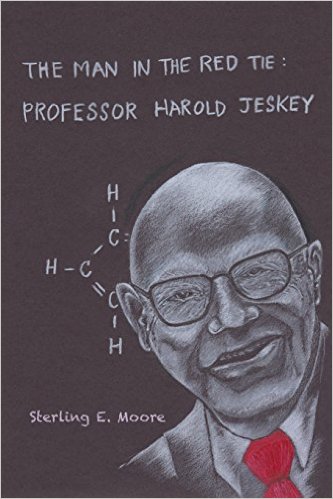
The Man in the Red Tie: Professor Harold Jeskey (CreateSpace Publishing) is a meticulously researched biography by SMU alumnus Sterling E. Moore ’54, a former student of Jeskey. Interviews with family, friends, colleagues and other former students paint a vivid picture of the former R.S. Lazenby Professor of Chemistry in SMU’s Dedman College, who died in 2006. Jesky’s legacy is deeply ingrained in the collective memory and culture of SMU, including his signature look: a red tie. He believed the red ties represented excellence, and awarded them to outstanding students in his classes. Jesky’s respect for, and understanding of, the young people he taught went beyond academics. In addition to academic brilliance, kindness and compassion defined the professor’s life. Jeskey taught at the University from 1945-79 and inspired students to strive for excellence in all facets of life. Moore took Jeskey’s organic chemistry class in 1951 and has imbued this biography with personal experiences and insight. After Moore’s graduation, he and Jeskey remained in touch for 40 years. Mad Men Carousel: The Complete Critical Companion by Matt Zoller Seitz ’92 is an essential guide to the acclaimed TV series for longtime fans and new binge-watchers alike. Seitz, TV critic for New York magazine – as well as editor-in-chief of RogerEbert.com and a finalist for the Pulitzer Prize in criticism – chronicled the ups and downs of Don Draper and company in entertaining and insightful dissections for Vulture, the magazine’s culture site. The episode-by-episode guide includes his 92 recaps, along with never-before-published essays on the first three seasons, a detailed timeline, artwork and more. Read an excerpt from the book, and learn more about Seitz’s other works. Books by Writer’s Path Students
The Writer’s Path at SMU offers classes taught by published and produced writers in a noncredit writing program for Dallas-Fort Worth area adult writers who seek publication. The following selections are works by students of The Writer’s Path:
The debut novel Christmas Chocolat (Kensington), by Kate Defrise, is a warm, engaging story about four siblings who make their way home, where their father, the memory of their mother, and long-held family secrets all collide just in time for Christmas. For the Arnaud siblings, childhood Christmases meant lavish feasts and beloved rituals, like waking up to hot chocolate and cougnole de Noel – the sweet, rich bread traditional in their parents’ native Belgium. Sadly, those special times ended with their mother’s death. Their father, who has grown more distant since her passing, has summoned them home. None is eager to expose their imperfect life to his scrutiny. The Arnaud children gather at home, along with their insecurities, rivalries, and their mother’s most delicious recipes. Ultimately, they find that a good meal does more than feed the body. It awakens memories and nurtures bonds. Includes classic Belgian recipes.

A down-home, feel-good debut Southern romance novel, From Scratch (Simon and Schuster Digital Sales, Inc.), by Rachel Goodman, is the story of protagonist Lillie Turner, who grew up with maple syrup stuck to her skin and bacon grease splattered on her clothes, courtesy of working in the family diner. She happily escaped it all after moving to Chicago five years ago. Now a successful strategy consultant, and engaged to a man who complements her like biscuits and gravy, she has everything she wants. An urgent phone call about her father’s health pulls Lillie back to Dallas, but she soon learns it’s a ruse to drag her back to run the diner. This trip home forces Lillie to question the path she has chosen, and whether the life she left behind is the one she really wants after all. E-book format only.
